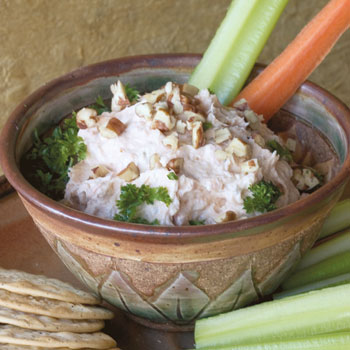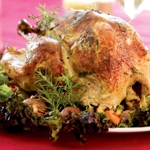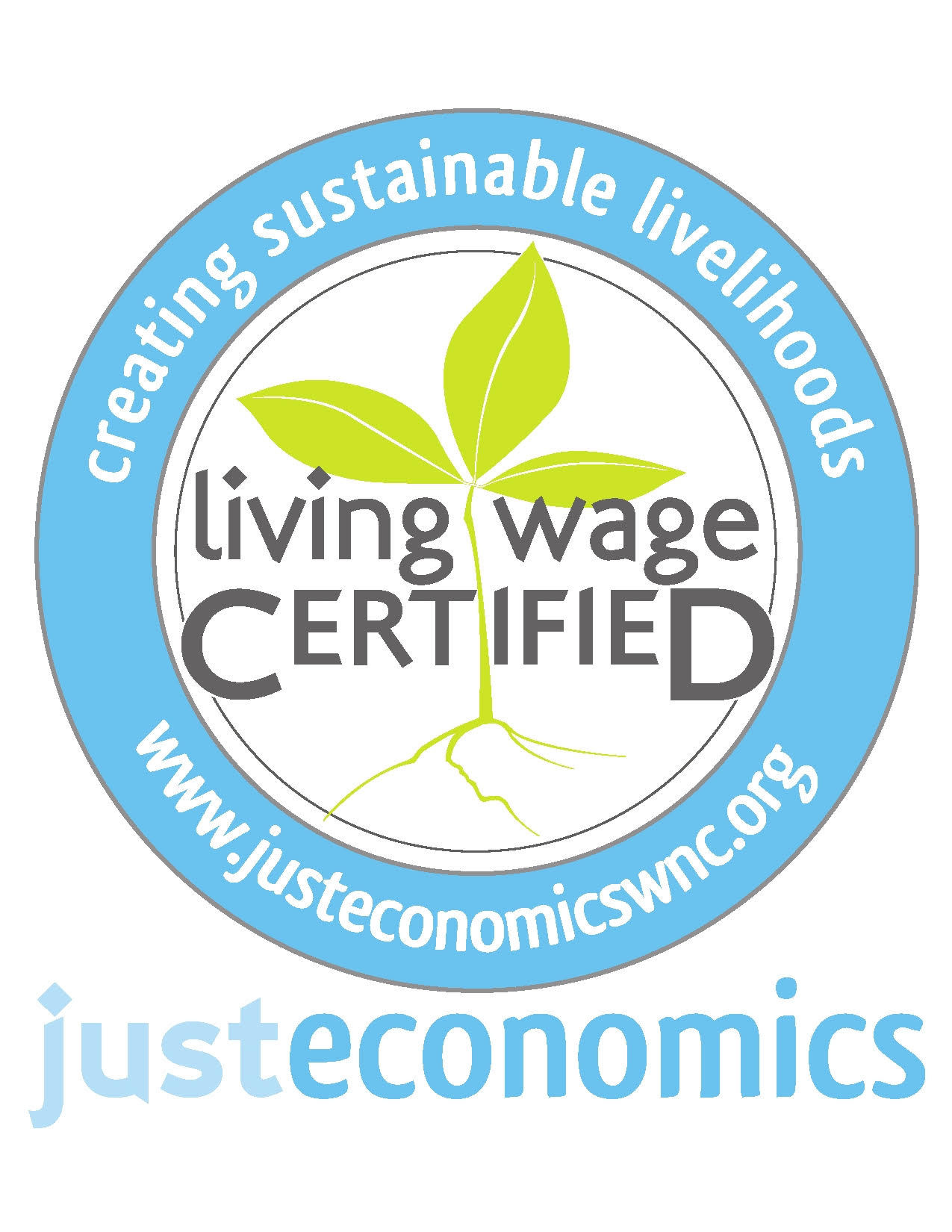From the files of Jacques de Langre, founder of our company, we present are searched lecture regarding the difference between yeasted breads and naturally leavened breads. Although written in the 1980’s, this information is more than ever important for us to consider in our search for good health. Interestingly, more and more bakers across the U.S. are becoming interested in naturally leavened bread. We interviewed baker, Lynn Gordon of French Meadow Bakery, a former student of Jacques’. Ms. Gordon has discovered some recent scientific research regarding natural yeasts that we believe will be very interesting to you.
Natural Leaven or Commercial Baker’s Yeast?
There are two methods for leavening bread and they differ totally in the way they act on the flour, as well as on the taste and nutritional effect of the resulting bread and, in the end, on the health of the consumer. The aim of bread fermentation is to transform the various nutrients freed by the milling of the grain and to modify them for optimum assimilation during digestion.
A Definition of Natural Leaven
Wild yeast, or multi-micro flora are the natural air-borne ferments that are generated or seeded in a dough left exposed to a clean and cool atmosphere under specific conditions of moisture and temperature and the exclusion of larger specimen. Within that fertile medium, lactic bacteria of the various beneficial types are found: B.Pastorianum, B. Delbrucki, B.Ternoas well as saccharomyces such as S.Pastorianus, and S. Cervisiae. This type of microflora consumes little energy and multiplies quite slowly. Its growth duplicates the cycle of human breathing and that of wheat embryo germination. Wild yeast also naturally enriches the bread, due to an additional development of nutrients by the beneficial enzymes and ferments.
Baking by Principle
In baking as in all natural processes, the laws of life must be respected; it is vital for the fermented bread to retain the dynamic character that originally develops within the wheat berry as it evolves toward its germination. Just as the breathing cycle consists of an oxidation, followed by a reduction, the same cycle is reproduced in the five day cycle of the germination of wheat. Natural leavened bread (seeded with wild yeast or natural leaven) also duplicates this cycle:
The rising of the dough corresponds to an oxidation (like wheat germ growth), followed by a reduction (during the baking of the loaf) identical to the development of the miniature sprout of wheat. We readily see that of the two methods available for leavening bread, only natural leaven faith fully follows God’s laws of the universe.
Beware of White Sourdough
There is also the question of sifting out the bran: Today, many loaves of sourdough ‘French’ bread are being offered but they are made with white flours that are almost totally demineralized. The pseudo mycelium (vegetative part of the thallus of the fungi, composed of several filaments) cannot feed on such debilitated flours and the bread tastes excessively sour which tells us that, besides lacking the essential nutrients, it is unfavorable to the digestive process. Another problem sometimes occurs in natural baking: An excess of lactic bacteria may develop and give the bread a definite sourness. Although these bacteria are natural, they have proliferated in excess because the starter or sour dough sponge was not cared for daily. Excess proliferation is a result of a lack of aeration or scrupulous daily feeding (refreshing) or else is due to the storage of the starter in warm areas or areas contaminated with vinegar or other acetic acid products. Since lactic bacteria are anaerobic, they can only develop in the absence of air. When these have exceeded their limit, a “lactic bread” or “acetic bread” is obtained, excessively sour that becomes more sour with aging, with definitely harmful results.
How Baker’s Yeast Works
Commercial yeast is an isolate “mushroom type” microorganism whose cells are high in moisture and consist of vacuolated protoplasm. Their reproduction cycle is extremely rapid and thus one gram of compressed yeast contains several trillions of yeast cells. In a dough seeded with 1% of commercial yeast, the number of these cells can double
in 6 hours at 80 degree Fahrenheit. If the fermentation is allowed to continue, the proliferation will reach a concentration of 150,000,000 cells per cubic centimeter regardless ofhow little seeding was done at the start.
With commercial yeast, rising of the dough is lightning fast, coupled with a reduction (baker’s yeast is a strong reducer), followed by a strong oxidation during the baking and often accompanied by an alkalization. This is increased even more when a portion or all of the bran is removed. We witness here a phenomenon totally opposed to the normal laws of life. The end result of this biological decay
(staling of bread), is a deficient oxidative energy that changes into a glycolysed energy, as evidenced by monster, or anarchistic, cells that are an exact duplicate of human cancer cells, according to the research of Dr. Warbourg, M.D.
Candida and Anemia are Related to the Consumption of Yeasted Bread
Rickets and anemia can be caused by the consumption of yeasted whole wheat bread. These chronic calcium deficiencies are corrected and even totally eliminated when the whole wheat bread is naturally leavened. In the natural leavening process, the phytic acid and the phytates are hydrolyzed by the phytases of the bran in an acid environment and transformed into phytin and soluble phosphatic acids of magnesium, calcium and iron which are totally assimilable and beneficial. In the case of yeasted bread, with a pH varying from 5.9 to 6.5, the reduction by hydrolysis of the toxic phytic compounds is insufficient, no better than 50%, a level that causes yeasted bread to be detrimental, especially for anemic people. A full hydrolysis is possible only when the pH remains between 4 and 5.6 maximum, which is the case for natural leaven bread. At the median pH of 4.8 in dough kept at a temperature of 64 degrees Fahrenheit; there remain only 0.78% (less than 1%) of the phytic acid compounds, which is a totally safe amount.
Sweet Tasting Bread Made with Sourdough Starter
It is quite easy to obtain a sweet tasting bread with a natural leaven fermentation fora base. The slower proofing of the dough at temperatures between 62° and 64° Fahrenheit, made from a leaven always stored at low temperatures of 47° to 50° Fahrenheit and regularly refreshed, will totally prevent the characteristic sour dough taste often associates with natural leavened bread.
Two Extra Benefits from the Natural Leaven Process
The limited growth of friendly lactic bacteria and the presence of other microorganisms will add little to the acidity, yet will create a good swelling of the gluten as evidenced by small but regular air cells in the crumb. As it ages, natural leavened bread will retain its moisture and keep well without refrigeration, quite opposed from the yeasted bread that stales and dries out within hours after its baking. With natural leaven, no dried out bread needs to ever to be thrown out.
Bran Value
The high mineral and enzymatic value of bran is widely known and needs little elaboration. It is necessary however, to discuss the little known phytic acid and its detrimental effects on the body metabolism. Phytic acid is inherently present in whole nice and whole wheat and it can cause allergies and other severe illnesses. This toxic substance can only be neutralized and eliminated by the skillful fermentation of those cereal grains through highly principled baking.
Thus, the natural baking method that drastically reduces phytic acid must be adopted universally if one is to obtain the most beneficial bread.
Digestibility
Bread and grain-based diets, especially at the beginning, give the illusion that they do not readily digest. Natural leaven bread, because of its inherent beneficial ferments, slowly recreates the population of friendly lactobacillus digestive bacteria in the absorption tract. The end result is a recovery of digestion and proper elimination by the effective action of friendly bacteria. Natural leaven bread provides more stable nutrition than that obtained mechanically by non-fermented (and thus non- pre-digested) bran and other raw or cooked roughage diets, since these only succeed in physically abrading and irritating the colon.
See French Meadow Bakery & Cafe
Serenity Farm Bread Shipping Menu





















